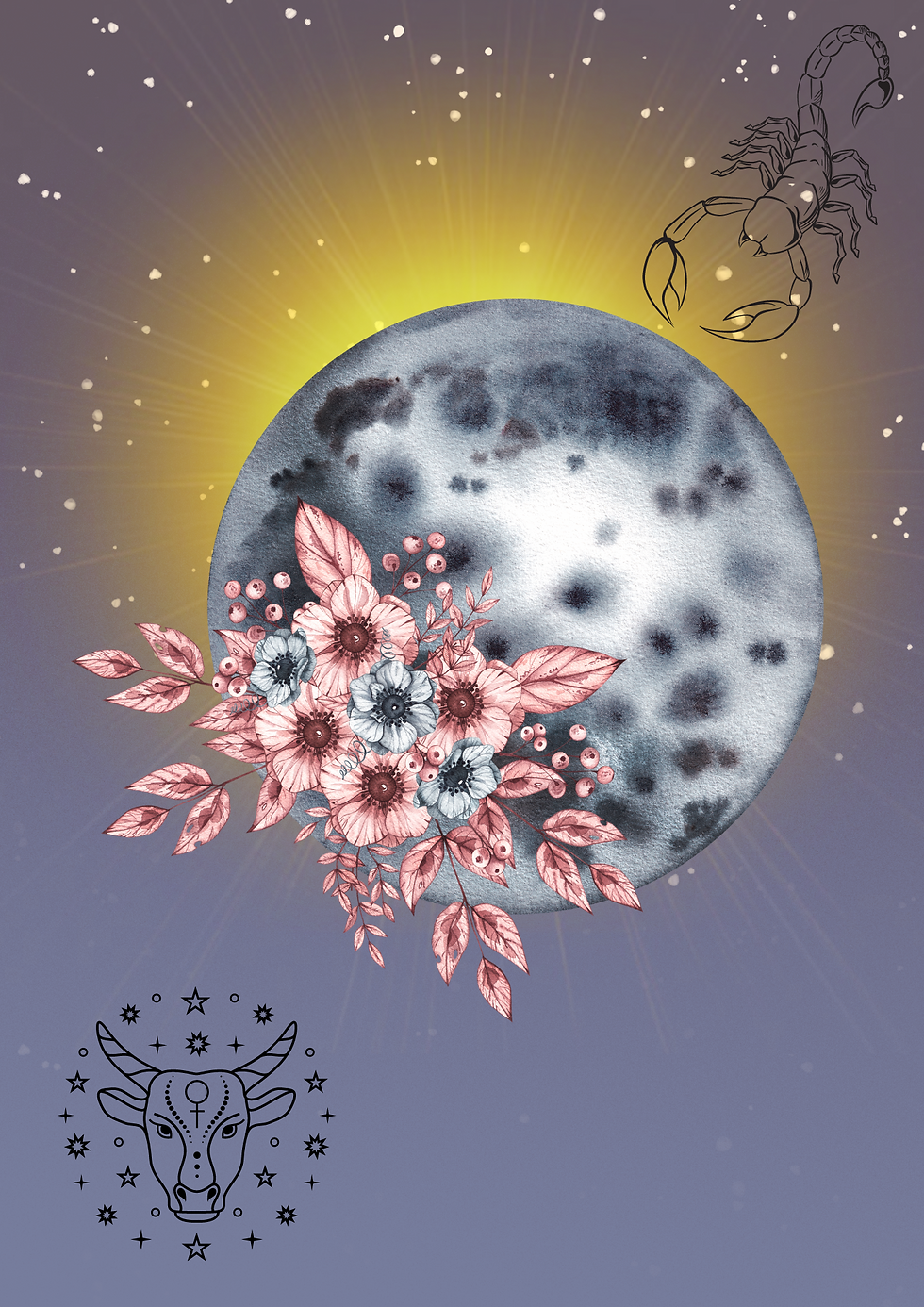Can yoga cure Scoliosis ?
- Raiza Red

- Oct 26, 2020
- 3 min read

Scoliosis is a very common aberration of the back that causes the spine to form an " S" or "C" shape laterally down the back. It is derived from the Greek word, "skol", meaning to twist. It can be a condition that can cause serious and sometimes painful rib, organ and muscular displacement. There are many manifestations of Scoliosis and they are all different depending on the type and severity. It is possible for some types of Scoliosis to be reversible and also prevent it from further development.

There are several kinds of Scoliosis, but they are mainly either Functional or Structural. Functional can sometimes develop from bad or uneven posture, or from habitually lifting a heavy object one side of the body more than the other, causing deviation in the spine. The more common of the two, Functional Scoliosis, affects the back muscles and does not change the body's bone structure. The curvature is less noticeable and can be reversible in some cases. Structural Scoliosis is believed to be caused by uneven growth of the vertebrae bodies. The curvature is often more pronounced. It tends to be more serious and non reversible. Further studies are currently delving into why this occurs, as the direct cause is not quite yet known. One way to determine which of the two is present, is to forward bend from the hip. If the lateral curve seen while standing disappears, it is functional. If the curve remains, even as you are in the forward bend, it is structural, meaning it is fused into the ribs and spine.
It is always recommended to see a chiropractor or doctor who treats musculoskeletal disorders for advice before beginning any exercise program. Yoga is a great tool to help with pain relief and to help elongate the spine. Developing strength in the muscles around out shoulder blades and lengthening the spine with asana practice helps the healing process and realigns the body. It is always best to work with an experienced teacher that can adjust you and help you with alignment issues in the postures. A lot of injuries can occur in Yoga due to improper foot placement and stance. Your feet are your key to balance and really affect the full expression and benefit of standing poses. Building strong abdominals and Psoas muscles also help take tension off the spine and create better overall posture. Finally, pranayama (breath work) can help expand the diaphragm, further extending the spine and creating more space in the ribcage for better lung capacity.

Hatha and Restorative Yoga are best for those living with Scoliosis. More mindfulness on the alignment, using blocks and holding each pose for a minimum of 5 to 10 minutes have been scientifically shown to reduce some forms of Scoliosis and prevent discomfort in structural Scoliosis. So take your time during asanas and use blocks or bolsters to modify the poses you have trouble with. Slowly work into the poses that are most difficult for you and be patient with yourself. Part of the healing process is loving your body, as is! Below I will list a few poses that are excellent for helping with Scoliosis which you can incorporate in your daily practice, or just pick 4 poses to repeat for about 15 minutes daily. Be gentle with yourself and don't forget to breathe! Welcome the breath deep into your chest, allowing it to expand deep down into your pelvis and release it with a smile!
Top Ten Asanas for Scoliosis
Balasana (Child's pose)
Cat / Cow pose
Side plank ( Vasisthasana)
Kumbhakasana (Plank Pose)
Virabhadrasana I (Warrior1)
Trikonasana (Triangle)
Adho Mukha Svanasana ( Downward dog)
Salamba Sarvangasana ( shoulder stand)
Bhujangasana (Cobra)
Chakrasana ( wheel) * can modified with a bolster or blocks
Eka Pada Rajakapotasana (pidgeon)
**End your sequence in Savasana (corpse) with a bolster under the knees for at least 10 minutes







Comments